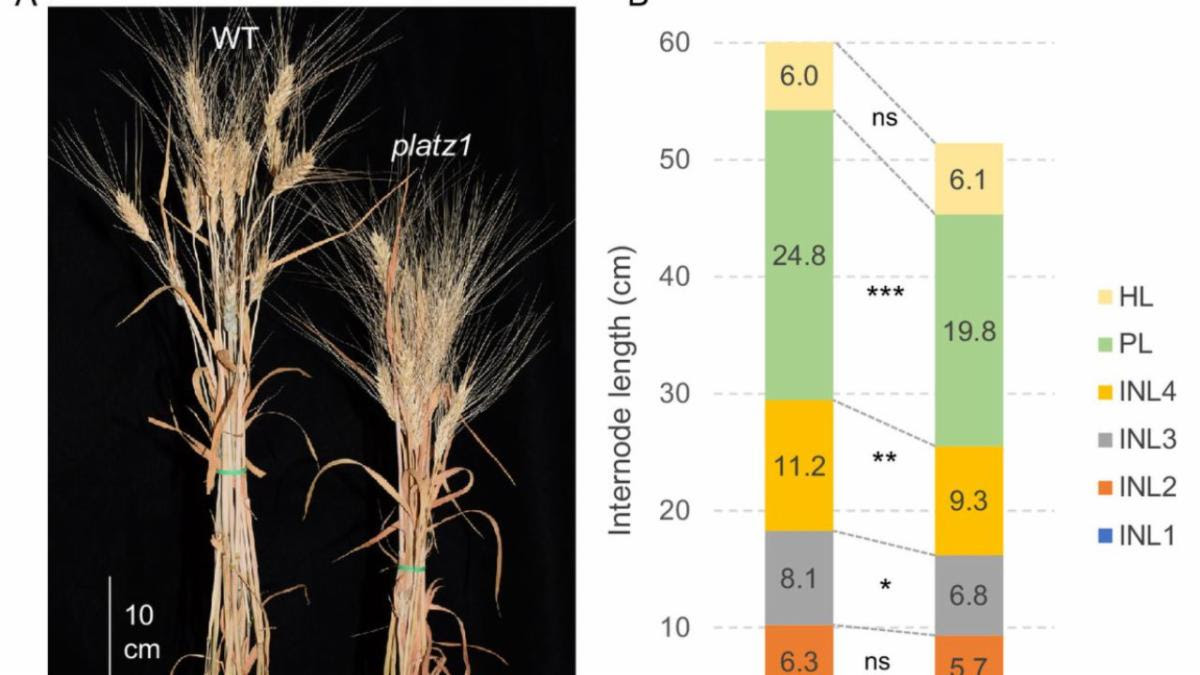|
News Bits
U.S. soybean planting made a big jump over the past week.
The USDA says 19% of the crop is planted, compared to 9% last week and the five-year average of 11%, with generally ideal conditions in parts of the Midwest and Plains canceling out weather-related delays in other areas.
26% of corn is planted, matching the usual pace, with 6% of the crop emerged, compared to 5% on average.
28% of winter wheat is rated good to excellent, 2% above a week ago, but still historically low because of drought in the southern Plains, with 25% headed, compared to 23% on average.
12% of spring wheat is planted and 2% has emerged, both much slower than normal due to the wet, cool conditions persisting in much of the northern Plains.
15% of cotton is planted, compared to 14% typically in early May.
63% of rice is planted and 29% has emerged, both well ahead of the respective paces.
21% of sorghum is planted, compared to 22% on average.
Farm sector debt tied to real estate is expected to be at a record high of $375.9 billion in 2023, according to data from the USDA, Economic Research Service (ERS). Farm sector real estate debt has been increasing continuously since 2009 and is expected to reach an amount that is 87.5 percent higher in 2023 compared with 2009 in inflation-adjusted dollars.
Real estate debt now far outpaces debt that is not secured by a mortgage (non-real estate debt). Historically, real estate debt and non-real estate debt have trended similarly, but they have diverged in recent years. Non-real estate debt showed an 11.9-percent year-to-year increase in 2014 in inflation-adjusted dollars but has shown decline after 2017.
The U.S. Department of Agriculture (USDA) today announced that nearly $130 million in additional, automatic financial assistance has been obligated for qualifying farm loan program borrowers who are facing financial risk. The announcement is part of the $3.1 billion to help distressed farm loan borrowers that was provided through Section 22006 of the Inflation Reduction Act (IRA).
Since the IRA was signed by President Biden in August 2022, including the payments announced today, USDA is providing approximately $1.1 billion in immediate assistance to more than 20,000 distressed borrowers.
Editor's Note: Are we missing something? "Farmers facing financial risk?" Is there another kind of farmer?
Farmland prices in Brazil have increased significantly over the last 3 years, driven by the combination of higher net farm income, low-interest rates, and strong demand from investors. The record appreciation of land has been driven by high commodity prices, robust global demand, and a favorable exchange rate for Brazilian exporters - leading to positive operating margins for corn and soybeans, despite high costs in agriculture.
A sausage at Washington State University has made history.WSU received U.S. Food and Drug Administration authorization to have gene-edited pigs enter the food chain for human consumption — in this case, as tasty, German-style sausages.
“It’s important for a university to set the precedent by working with federal regulators to get these animals introduced into the food supply,” said Jon Oatley, a professor in the School of Molecular Biosciences in WSU’s College of Veterinary Medicine. “If we don’t go through that process, all of the research we’re doing is for naught because it will never make it out into the public.”
Editor’s note: Approval is a food use authorization of 5 experimental pigs under INAD guidance (Investigational New Animal Drug) at a cost of $200,000, $40,000 per experimental pig
Oatley uses the gene-editing tool CRISPR to improve genetic traits in livestock and is working toward an FDA approval for a line of gene-edited pigs. He undertook the investigational food use authorization process for five gene-edited pigs to demonstrate that food made from the animals is safe to eat and that it is possible for an academic institution to achieve this type of FDA authorization. Gene-editing can make changes in an organism’s DNA that could occur in nature or through selective breeding but would take much longer without a tool like CRISPR.
The pigs were originally gene-edited in a way that would enable researchers to use them to sire offspring with traits from another male pig. Known as surrogate sires, this technology first gene-edits male animals to be sterile by knocking out a gene called NANOS2 that is specific to male fertility. These animals can then be implanted with another male’s stem cells that create sperm with that male’s desired traits to be passed on to the next generation.
Essentially a high-tech form of selective breeding, surrogate sire technology can greatly expand dissemination of valuable genetics in livestock. It has the potential to not just improve meat quality but the health and resilience of livestock in the face of changing environmental conditions, a critical goal for increasing protein sources in developing nations.
|
 Newly discovered gene overcomes limitations of earlier dwarf wheat
Newly discovered gene overcomes limitations of earlier dwarf wheat Newly discovered gene overcomes limitations of earlier dwarf wheat
Newly discovered gene overcomes limitations of earlier dwarf wheat